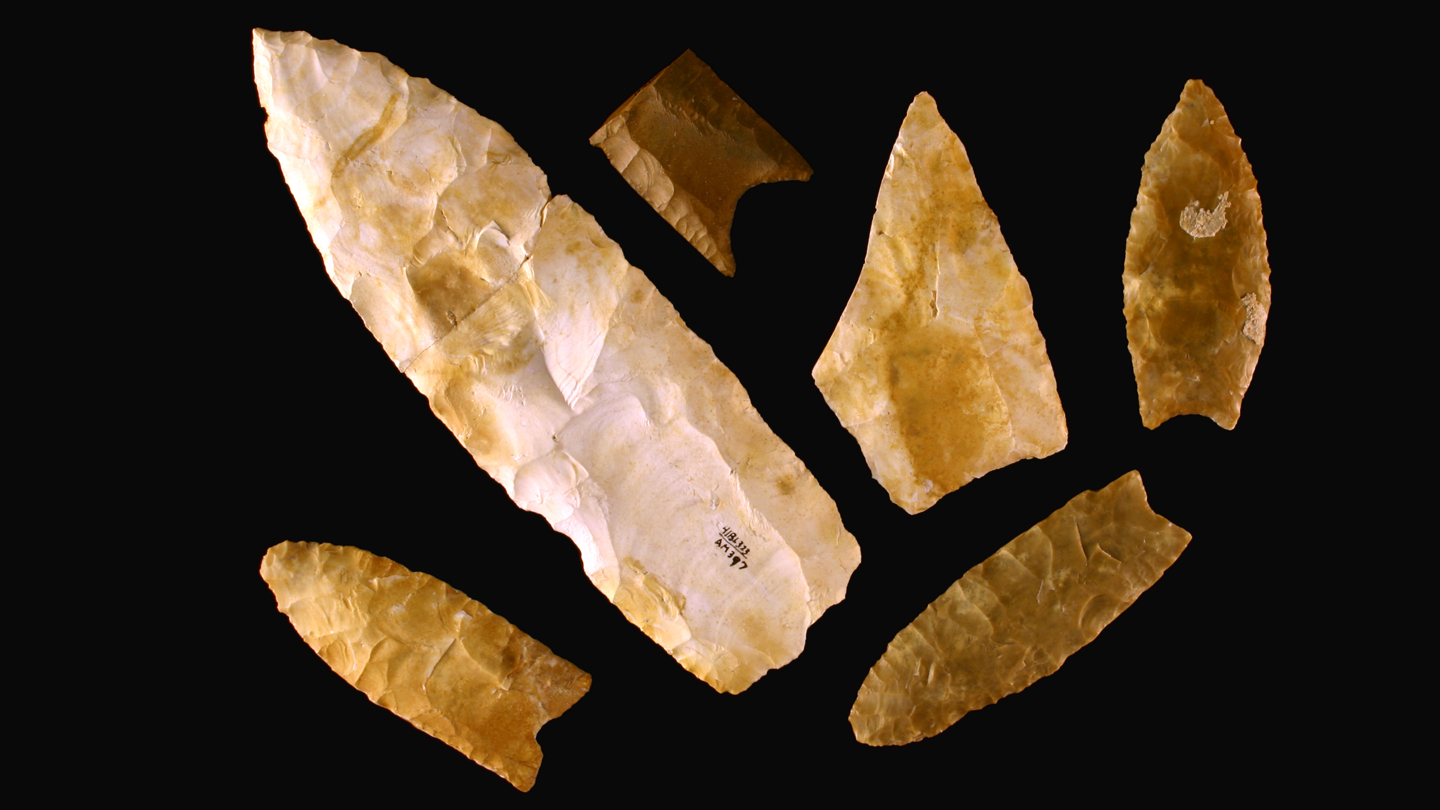‘Origin’ explores the controversial science of the first Americans
OriginJennifer RaffTwelve, $30Scientific understanding of the peopling of the Am


Origin
Jennifer Raff
Twelve, $30
Scientific understanding of the peopling of the Americas is as unsettled as the Western Hemisphere once was. Skeletal remains, cultural artifacts such as stone tools and, increasingly, microscopic pieces of ancient DNA have sparked heated debates about which of several origin stories best explains available evidence. Additional conflict stems from a tragic scientific legacy of ignoring and exploiting Indigenous groups whose ancestries are on the line.
Anthropologist and geneticist Jennifer Raff offers her take on the state of this fascinating and turbulent research field in Origin: A Genetic History of the Americas.
Raff wants to tell the most accurate, if still incomplete, story of how humans settled the Americas by integrating research on ancient and modern DNA with archaeological finds. She refers to people who inhabited the Western Hemisphere before Europeans arrived as First Peoples, a term favored by some of her Indigenous colleagues.
Most researchers think that ancestors of the First Peoples lived in Siberia and East Asia 20,000 years ago or more during the Ice Age, Raff explains. A consensus view holds that those groups eventually crossed a now-submerged expanse of land — the Bering Land Bridge — that connected northeastern Asia and North America. Analyses of ancient human DNA indicate that these migrants gave rise to populations that lived south of an ice sheet that ran across northern North America from around 80,000 to 11,000 years ago. But much remains unexplained.
Raff delves into several competing models of how, when and where people first made inroads into the Americas. One approach holds that Ice Age Siberians, known from archaeological finds, reached North America between 16,000 and 14,000 years ago and, within a few millennia, journeyed south across the continent through a gap in the melting ice sheet. Those settlers probably founded the Clovis culture, known for its distinctive stone points (SN: 1/15/22, p. 22).
Another view contends that people came to the Americas much earlier, 30,000 years ago or more. A minority of researchers in this camp contends that settlers may have even reached what’s now southern California by 130,000 years ago (SN: 5/27/17, p. 7).
But archaeological and genetic evidence best fits a third model, Raff writes. In this scenario, First Peoples reached the Americas as early as 18,000 years ago and perhaps over 20,000 years ago. These folks — including groups that were not predecessors of Clovis people — probably traveled by boat or canoe along North America’s west coast, arriving in South America no later than about 14,000 years ago (SN: 12/26/15, p. 10).
Buy Origin from Bookshop.org. Science News is a Bookshop.org affiliate and will earn a commission on purchases made from links in this article.




